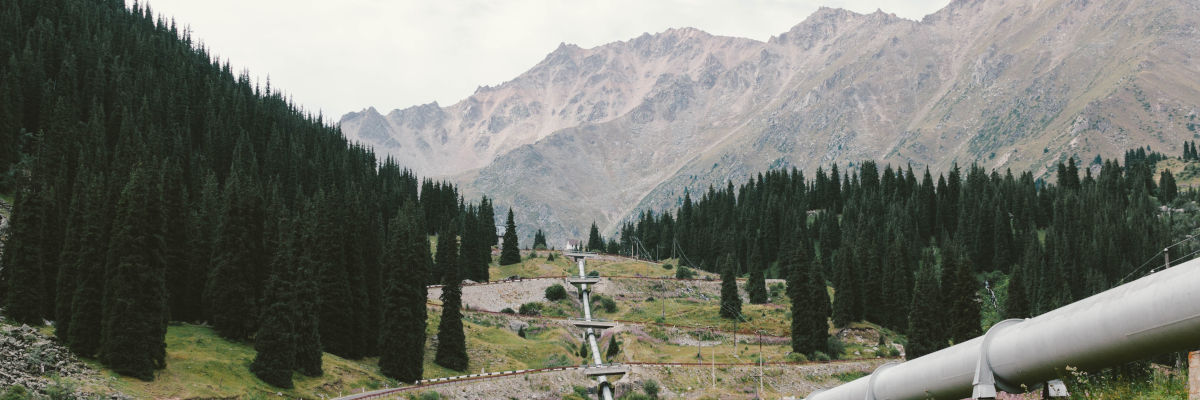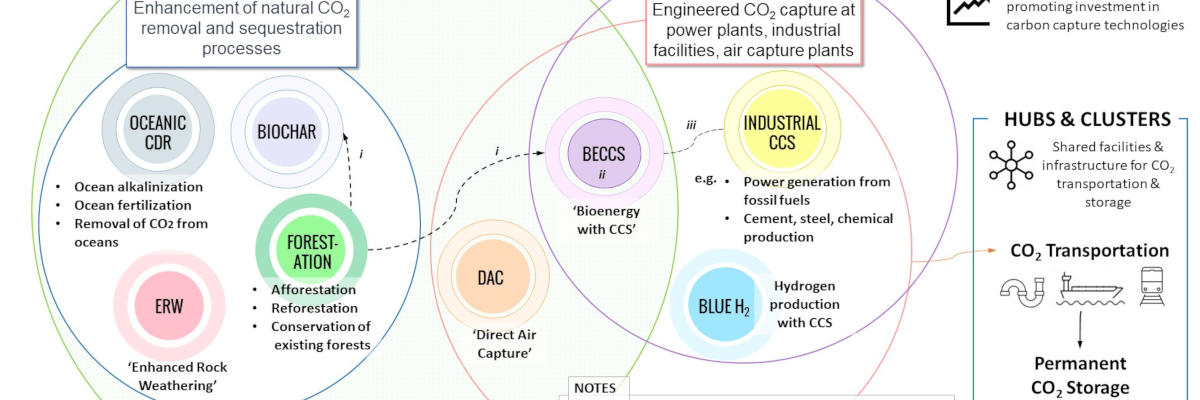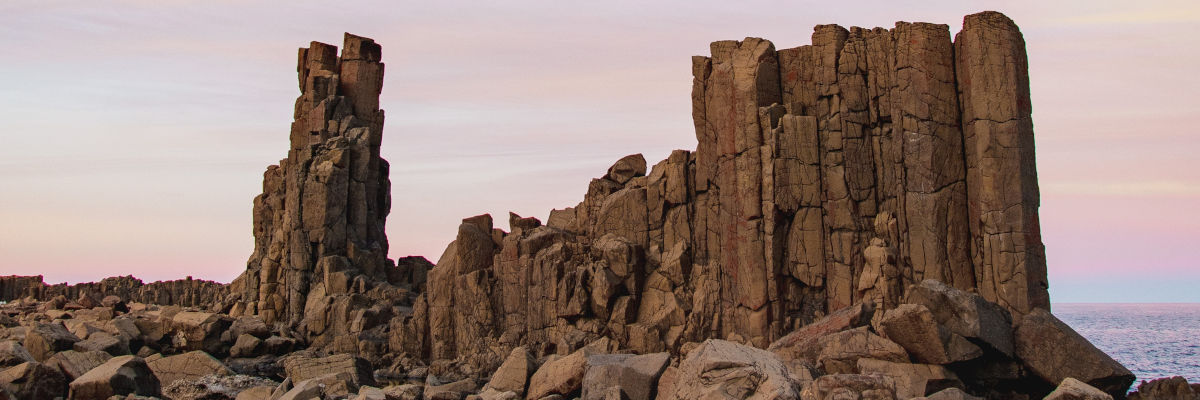
- The Promise of Industrial CO2 Capture

- Reducing CO2 Emissions in One of the World’s Most Essential Industries
Introduction
Decarbonizing the Global Economy: Renewable Energy and Beyond
As the world races to decarbonize in response to the looming threat of climate change, global efforts are focused on how to reduce carbon dioxide (CO2) emissions from activities which shape modern life - power generation, transportation, and industry, as well as the way we managed land for agriculture and forestation. A 50% rise in CO2 levels since the Industrial Revolution has led to higher global temperatures, raising serious concerns about the potential effects on agriculture, ecosystems, and even global economic stability.
While replacing fossil fuels with renewable energy is seen as an obvious solution to wind back emissions and therefore a priority in many sectors, some industries face quite unique challenges in reducing their carbon footprint. These "hard-to-abate" sectors, such as steel and cement production, will require innovative solutions beyond simply substituting the burning of coal with energy provided by wind and solar.
And how can we address the staggering volume of CO2 - hundreds of billions of tonnes - that human activities have pumped into the atmosphere, particularly in recent decades, overwhelming Earth's natural carbon regulatory mechanisms? Is it possible to harness the same ingenuity and innovative spirit that fueled industrialization to not only curb ongoing emissions from persistent sources, but also to develop technologies capable of removing enormous quantities of CO2 from our atmosphere?
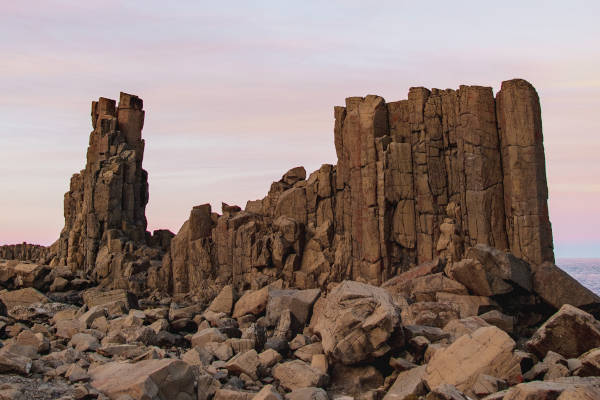
Enhanced Rock Weathering (ERW) is a promising carbon removal technique that speeds up the natural process of rock weathering, where rainwater reacts with certain rocks to chemically bind and store CO2 in solid mineral form. Spreading some types of finely crushed rock over land, where it reacts with rainwater to lock away atmospheric CO2 into stable minerals for millions of years. A notable side benefit is the release of nutrients that improve soil quality. Scientists are conducting global pilot projects to identify optimal rock types and locations, assess the sustainability of rock sourcing and distribution, and understand potential environmental impacts.
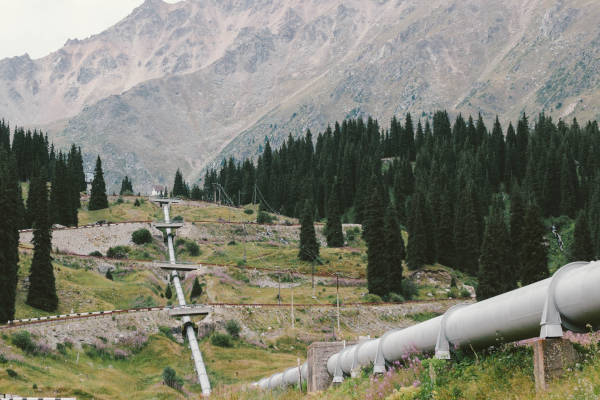
Transporting and permanently storing captured carbon dioxide will be technically challenging and expensive. However, by forming alliances, CO2 emitters located near each other will be able to share the infrastructure required for CO2 transport and storage, significantly reducing costs. These collaborations, known as CO2 clusters, will also pool expertise, raise public awareness, and cooperate to collectively lobby for government support. The construction of centralized CO2 hubs, offering shared transportation and storage facilities will reduce costs and encourage more emitters to adopt carbon capture technologies.
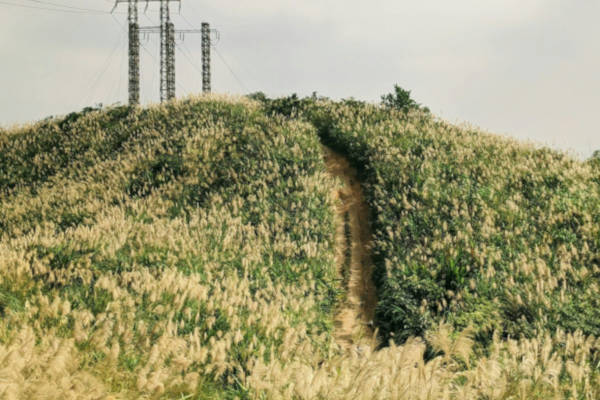
Replacing coal and natural gas with biomass to fuel power stations is not a new concept; crops and trees grown for this purpose absorb CO2 from the air as they grow, balancing out the emissions when they are burned to generate electricity. BECCS - Bioenergy with Carbon Capture and Storage - takes the concept of green energy one step further by capturing those CO2 emissions before they were released into the atmosphere, making it a negative emissions technology. By generating 'on-demand' electricity while simultaneously lowering atmospheric CO2 levels, BECCS is a promising technology, but can it operate at a scale that makes a meaningful impact as a climate change solution without excessively straining resources of land and water needed for growing food?
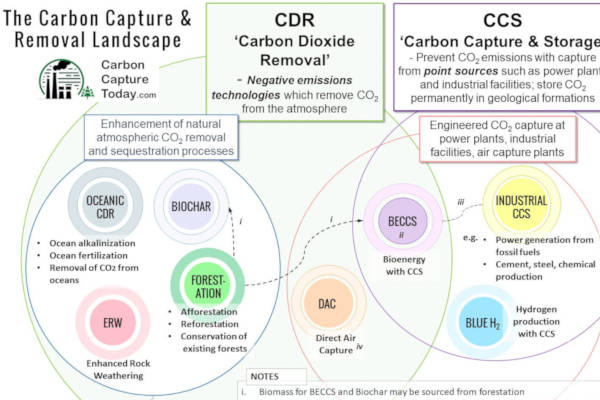
From smokestack scrubbers to forest restoration, emerging engineering solutions and techniques which aim to boost nature’s billion-year-old carbon cycles.
Forging alliances to build the infrastructure required to transport and stored captured CO2. New government policies, new laws and new carbon money markets to inject the finance required.
What are all of the elements of the carbon management landscape?
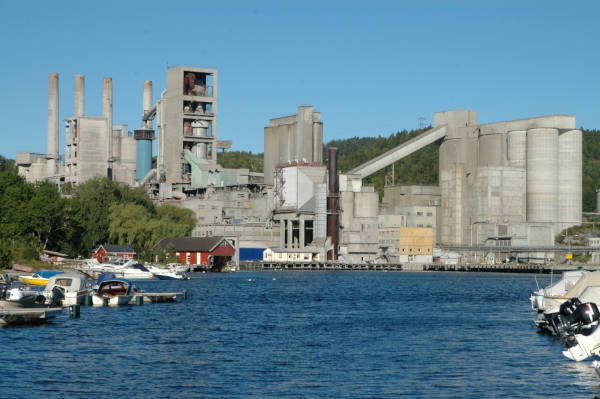
Cement production is one of the world’s most carbon-intensive industries, responsible for 8% of all global CO2 emissions.
Reducing some of those emissions is possible by increasing the efficiency of cement plants and by replacing coal with biomass to heat cement kilns.
However the emissions generated from the chemical reactions which take place in limestone and which actually represent a majority of the CO2 released by cement plants, is impossible to eliminate.
The cement manufacturing industry is therefore considered a prime target for the installation of carbon capture equipment, with one plant in Norway now on the verge of commencing what will be the world’s largest carbon capture and storage operation.

For hundreds of millions of years forests have been crucial in regulating atmospheric CO2 levels while supporting complex ecosystems teeming with biodiversity, underscoring the critical importance of halting and reversing their destruction.
But as solutions are sought to slow the increase in CO2 levels, is there also a role for the planting of vast new forests?
As scientists work to quantify the potential of new forests in climate change mitigation, as well as their impact on land availability and water resources, their findings may redirect environmental policies and conservation efforts for decades to come.
